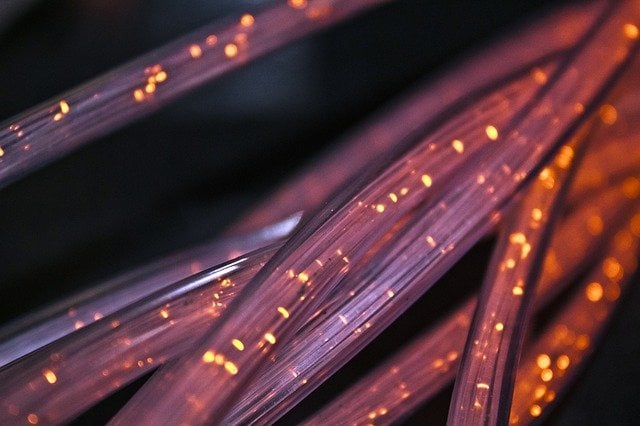Optical Networking
Understanding PAM4 Signaling: A Beginner Guide
To accommodate exponential traffic growth such as cloud computing and big data, high-speed 400G and 800G Ethernet is being deployed. This rapid demand for high-speed Ethernet is driving the emergence of new technologies. One of these new technologies is PAM4. This article will walk you through the fundamentals of PAM4 and provide an overview of the optical transceivers associated with PAM4.
What is PAM4?
PAM4 is a subset of the more widely used pulse amplitude modulation (PAM) technology, which is an established method for transmitting signals after non-return-to-zero (NRZ). PAM4, which plays an essential part in multi-order modulation, is widely utilized in the interconnection of high-speed signals. PAM4 doubles the data capacity per lane compared to NRZ by encoding two bits of data into each signal element (eye) instead of one.
The figure below illustrates the structure of the PAM4 signal eyes comparison.

What is NRZ?
Non-return-to-zero (NRZ) is a digital coding scheme that uses two voltage levels to indicate binary data 0 and 1. In NRZ, the voltage level remains at 0 or 1 throughout the data transmission.
What is driving PAM4 technology development?
1. Increasing Data Demand
Data demand is a crucial factor. The exponential expansion of data traffic is driven by the Internet of Things (IoT), artificial intelligence (AI), and cloud services. Cisco’s Visual Networking Index predicts that between 2017 and 2022, global IP traffic will triple, hitting 4.8 zettabytes annually.
New high-speed Ethernet protocols, including 25GE, 50GE, 100GE, 400GE, and 800GE, are being developed and put into use to address this increase in traffic. PAM4 enables faster data rates per lane, making it a crucial enabling technology for these new Ethernet standards. For instance, PAM4 may transmit 100GE utilizing two 50G PAM4 transceivers over a single lane. This is crucial since it requires half as many transmit and receive channels, lowering expenses.
2. Cost Reduction
In addition to increasing data rates, PAM4 also reduces costs. This is because PAM4 requires only half as many transmit and receive lanes as NRZ. This reduces the number of required optical transceivers, cables, and connectors, reducing the cost per bit and saving total system costs.
What is the advantage of PAM4?
- One of the critical advantages of PAM4 is that it allows for much higher data rates to be transmitted over the same amount of bandwidth compared to NRZ. PAM4 can transmit up to four bits of data per symbol, whereas NRZ can only transmit two. This means that PAM4 can effectively double the data rate of NRZ without needing to increase the bandwidth.
- The second advantage is cutting down the cost of optical transceivers. The High-speed optical transceiver shares a higher percentage of the system cost. So, the lower the price of an optical transceiver, the better it is.
What is the Disadvantage of PAM4?
1. High Power Consumption
PAM4 signals demand twice as much bandwidth and electricity to transmit as NRZ signals. This might be a severe drawback in applications where power consumption, such as mobile or battery-powered devices, is a significant concern.
2. Limited Transmission Distance
Another disadvantage of PAM4 is its limited transmission distance compared to NRZ. This is because PAM4 signals are more susceptible to noise and interference, which can degrade the signal over longer distances. Its extra voltage level requires reduced level spacing, resulting in a higher signal-to-noise ratio, which is why PAM4 works best in short-range optical systems. PAM4 is generally only suitable for short-range applications, such as within data centers.
Final Words
PAM4 is the most advanced and fastest signaling method available today. It offers many advantages over NRZ, including higher data rates and lower costs. However, it also has disadvantages, such as high power consumption and limited transmission distance. When choosing a signaling method for your application, you will need to weigh the pros and cons of PAM4 and NRZ to determine which is best suited for your needs.







